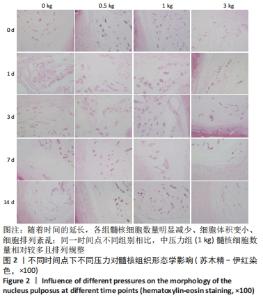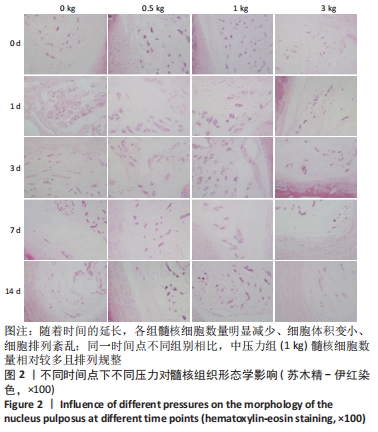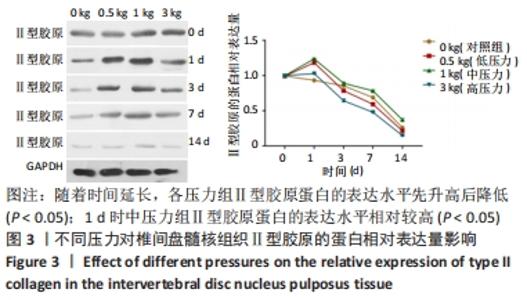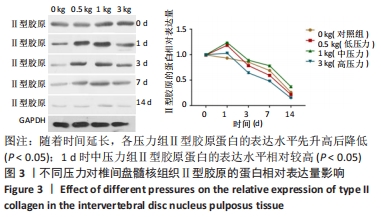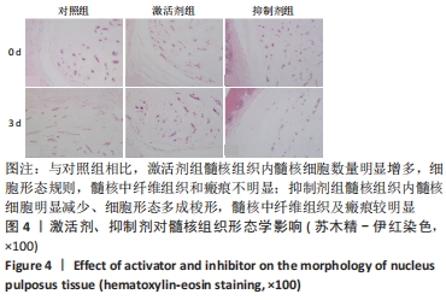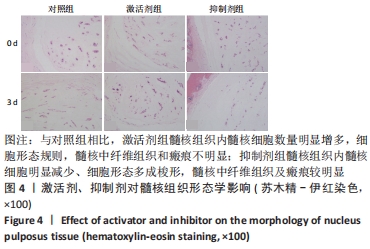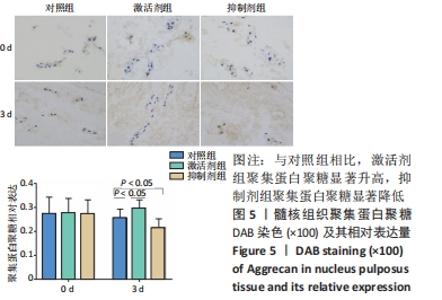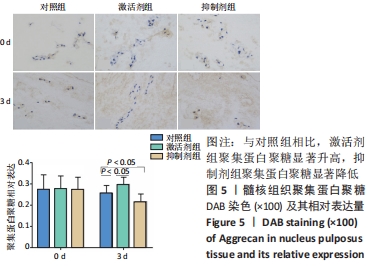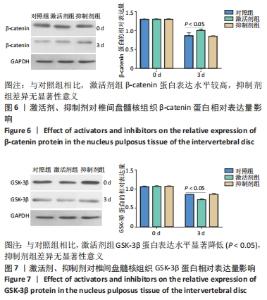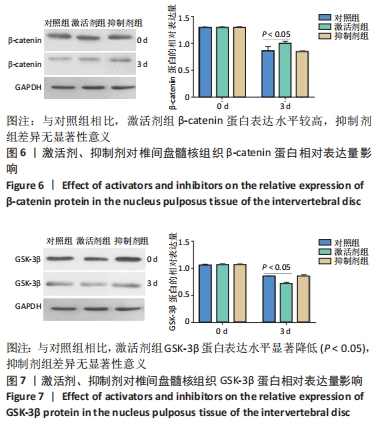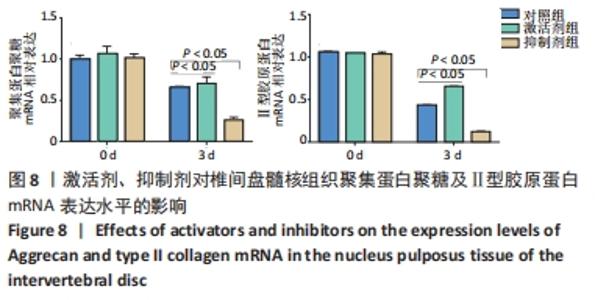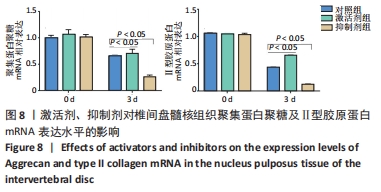[1] 何守玉,邱勇.椎间盘退行性疾病生物治疗研究的进展[J].中国骨与关节杂志,2013,2(10):593-597.
[2] CHU G, SHI C, WANG H, et al. Strategies for Annulus Fibrosus Regeneration: From Biological Therapies to Tissue Engineering. Front Bioeng Biotechnol. 2018;6:90.
[3] BACCI G, LONGHI A, VERSARI M, et al. Prognostic factors for osteosarcoma of the extremity treated with neoadjuvant chemotherapy: 15-year experience in 789 patients at a single institution. Cancer. 2006; 106(5):1154-1161.
[4] 张小海,徐宏光,吴天亮.椎间盘退变与生物力学[J].国际骨科学杂志,2010,31(3):137-138+161.
[5] FREEMENT AJ. The cellular patheobiology of the degenerate intervertebral disc and discogenic back pain. Rheumatology (Oxford). 2009;48(1):5-10.
[6] 尹逊路,朱立国,冯敏山,等.持续负载压力对髓核细胞凋亡及Wnt/β-catenin信号通路的影响[J].中国组织工程研究,2020,24(26): 4125-4128.
[7] 劳杨骏,王继涛,徐涛涛,等.椎间盘退变前驱因素终板退变研究现状[J].中华中医药杂志,2017,32(9):4098-4101.
[8] GAWRI R, ROSENZWEIG DH, KROCK E, et al. High mechanical strain of primary intervertebral disc cells promotes secretion of inflammatory factors associated with disc degeneration and pain. Arthritis Res Ther. 2014;16(1):R21.
[9] 张德宏,方鹏飞,王兴盛,等.机械刺激信号对椎间盘细胞影响的研究进展[J].临床骨科杂志,2015,18(6):748-751.
[10] PATTAPPA G, LI Z, PEROGLIO M, et al. Diversity of intervertebral disc cells: phenotype and function. J Anat. 2012;221(6):480-496.
[11] ERWIN WM, ISLAM D, INMAN RD, et al. Notochordal cells protect nucleus pulposus cells from degradation and apoptosis: implications for the mechanisms of intervertebral disc degeneration. Arthritis Res Ther. 2011;13(9):R215.
[12] HIYAMA A, SAKAI D, RISBUD M, et al. Enhancement of intervertebral disc cell senescence by Wnt/β-cantenin signaling induced matrix metalloproteinase expression.Arthritis Rheum.2010;62(10):3036-3047.
[13] CHEN J, LAN Y, BAEK JA, et al. Wnt/beta-catenin signaling plays an essential role in activation of odontogenic mesenchyme during early tooth development. Dev Biol. 2009;334(1):174-185.
[14] 侯镇婷,初金芝,张苗苗.静态张应力作用下人牙周膜成纤维细胞β-cantenin和Wn3α蛋白的表达[J].口腔医学研究,2015,31(9): 931-934.
[15] Choi YK, Kim YS, Choi IY, et al. 25-hydroxycholesterol induces mitochondfia-dependent apoptosis via activation of glycogen synthase kinase-3beta in PCI2 cells. Free Radio Res.2008;42(6):544-553.
[16] GONG R, RIFAI A, DWORKIN LD. Activation of P13K-Akt-GSK3beta pathway mediates hepatocyte growth factor inhibition of RANTES expression in renal tubular epithelial cells]. Biochem Biophys Res Commun. 2005;330(1):27-33.
[17] ZHOU P, CHOU J, OLEA RS, et al. Solution structure of Apaf-1 CARD and its interaction with caspase-9 CARD: a structural basis for specific adaptor/caspase interaction. Proc Natl Acad Sci U S A. 1999; 96(20):11265-11270.
[18] HIYAMA A, SAKAI D, RISBUD M, et al. Enhancement of intervertebral disc cell senescence by Wnt/β-cantenin signaling induced matrix metalloproteinase expression. Arthritis Rheum.2010;62(10):3036-3047.
[19] 王军,吴小涛,王运涛.细胞老化与椎间盘退变关系的研究进展[J].东南大学学报(医学版),2011,30(4):621-625.
[20] 成菲,郭佳,胡亦芳,等.糖原合成酶激酶3β在高糖诱导人肾小管上皮细胞损伤中的作用及可能机制[J].河南医学研究,2018,27(11): 1926-1931.
[21] 殷得莉.阻断β-catenin信号通路对哮喘气道重塑影响的实验研究[D].太原:山西医科大学,2017.
[22] 张大勇,谭玉珍,王海杰.Wnt/β-catenin信号通路与干细胞衰老[J].中国细胞生物学学报,2011,33(1):72-77.
[23] ANNENEN S, PAASSILTA P, LOHINIVA J, et al. An allele of COL9A2 associated with intervertebral disc disease. Science. 1999;285(5426): 409-412.
[24] 黄萍萍, 廖军, 郑春水, 等. 电针对颈椎病模型大鼠椎间盘细胞Wnt1、GSK-3β蛋白的影响[J]. 湖南中医药大学学报,2015,35(5): 59-62.
|
